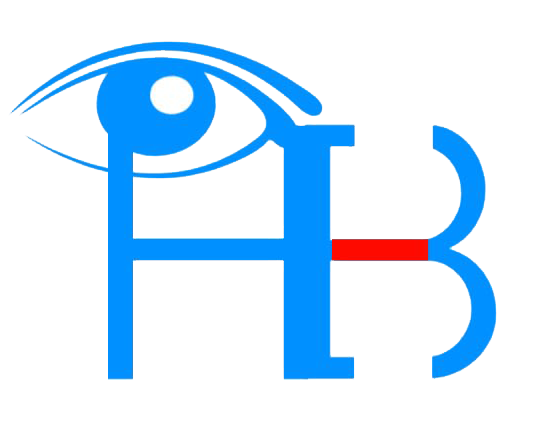The use of computer and other digital devices have become an absolute necessity in almost everything we do today. These devices; computers, tablets, smart phones etc make our lives easy but not without some discomfort on the eyes. One component that is common with these devices is the screen. The screen illuminates and emits light which the eyes of the users are exposed to. A portion of this light is a high energy visible BLUE-Light (HEVBL ) and has in recent times become a great concern for digital display devices ( DDD ) users.
What is BLUE LIGHT all about?Blue-Light is a High Energy Visible Light ( HEVBL) in the light spectrum. It is made up of two portions I – The harmful portion ( 320 – 420 nm) which is some what, unsafe for the eyes and the unharmful portion (420 – 500 nm ) which is safe and essential to the eyes.
However, HEVBL is considered to be harmful to the eyes by some researchers and optical-products marketers claiming that HEVBL could put the eyes at a risk of developing macular degeneration and that exposure to it at night time could suppress the ‘sleep hormone’ ( melatonin ) which regulates the sleep cycle and mood.
From my understanding, exposure to ANY direct bright light at night can affect sleep hormone and sleep mood. In other words, constant or prolonged direct exposure of the eyes to ANY bright and unnatural light is unhealthy to the eyes. Not necessarily only the blue Light. Even though Blue-Light, for many computer users and children may be of concern, it should be remembered as I earlier said, that a portion of it is safe and healthy to the eyes and therefore should not trigger fear or anxiety among computer users.
However, the over-all effect of prolonged use of computer or other digital devices, which causes digital vision discomfort ( DVD ) should be of greater or equal concern as that of the blue light. But this seems to have been overlooked or at least, underrated in recent times due to the emphasis on Blue light by internet advertisement and marketers.
Causes of Digital Vision Discomfort And How to Prevent Or Handle it?
Computer Vision Discomfort (DVD) is a common eye/vision discomfort experienced by computer or Digital Display Device ( DDD ) users. Its causes are as follows;
1) Screen Brightness
Excessive screen brightness produces reflective and distracting glare and cause of eye strain. You can reduce or eliminate this by tilting the screen of your device at a suitable glare-free angle or reducing the brightness of the screen and light source in your room ( or office, if you can ). Having an Anti-reflective ( anti-glare) coating on your lens if you wear glasses, should also help reduce such annoying glare.
2) Prolong Use
Not giving your eyes a rest from prolonged focus on a digital device could put a lot of strain on your eye-muscles and cause visual fatigue. My advise is to take short breaks or adjust your focus by looking away from your computer screen. Look as far away as you can, within your surroundings. This will help relax strained muscles. Do this every 10 -15 minutes. With this practice, you don’t have to frequently leave your office desk.
3) Vision Defect
A computer user with vision defect ( short sightedness, long sightedness etc) will experience discomfort with prolonged use. This may be eye strain, blurry vision, visual fatigue, headache, watery eyes etc. Eye examination and corrective lenses will be necessary in this case.
4) Blinking rate
Your blinking rate reduces when working on the computer or DDD. And you may not be aware of it. This could make your eyes feel dry and cause burning sensation. Conscious frequent blinking will help in this case to lubricate the eyes if you don’t have Chronic Dry Eyes. However, if you have chronic dry eyes, this symptom may worsen and you would have to use an Eye drop as needed. Most of these Eye drops are OTC ( over the counter ) drops.
4) Font Size – The smaller the font size of your text, the more likely you are to strain your eyes to see, therefore increase and Work with a larger font size whenever possible.
5 ) Type of Computer Screen
These days, majority of people depend on their Laptop/PC computers to do their job, business or hold meetings. This has led to an increase in screen time for most people and therefore makes the type of screen of the computer an important factor that should not be over looked. I recommend a NON-reflective screen. The more glossy and reflective the screen of your laptop/PC is, the more it produces distracting reflections and uncomfortable glare. Although I am not recommending a particular brand or model of Laptop, the brand and model of laptop I use has non-reflective screen. It produces little or no glare, therefore I work on it longer than I do with my other digital display devices (DDD).
Written By:
Austin Madu, OD ( Optometrist )


Thanks for the article